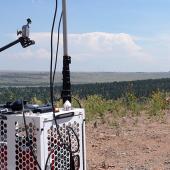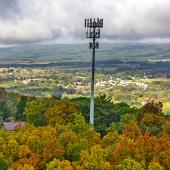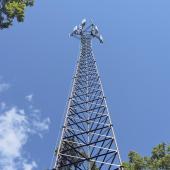
An official website of the United States government
Here's how you know
Official websites use .gov
A .gov website belongs to an official government organization in the United States.
Secure .gov websites use HTTPS
A lock (
) or https:// means you’ve safely connected to the .gov website. Share sensitive information only on official, secure websites.
Breadcrumb
Reston, VA 20192
The First Responder Network Authority is an independent agency within the U.S. Department of Commerce's National Telecommunications and Information Administration.


About sub menu
The FirstNet Authority Board
Public Safety Advisory Committee sub menu
Featured

Our History
The FirstNet Authority was established in light of September 11, 2001 to create a single, nationwide broadband network specifically for first responders.
Featured

FirstNet in Action
Discover stories of how public safety integrates the FirstNet network into operations. Sort content by operational topics or disciplines.
Featured

Find your local advisor
We have regional leads in the field with public safety for each of the 50 states, five territories and the District of Columbia.





